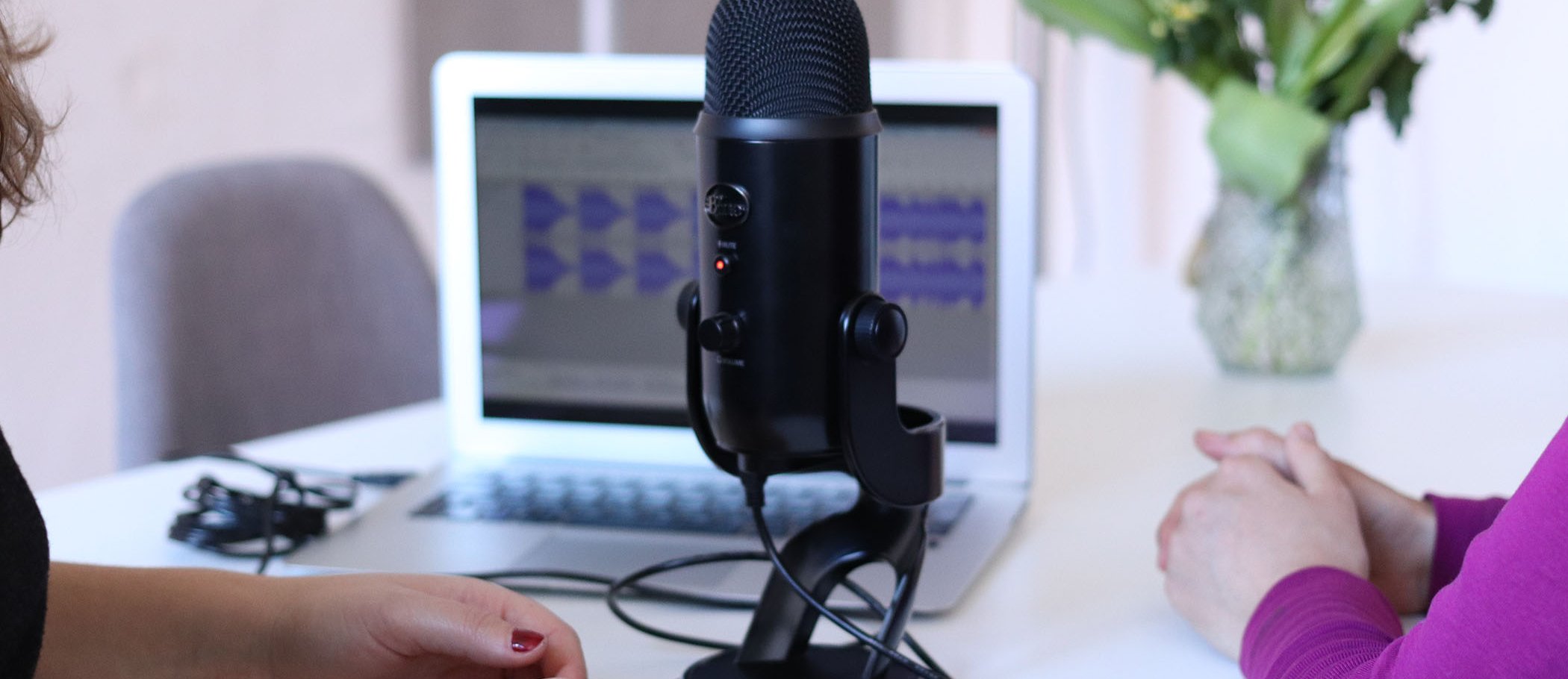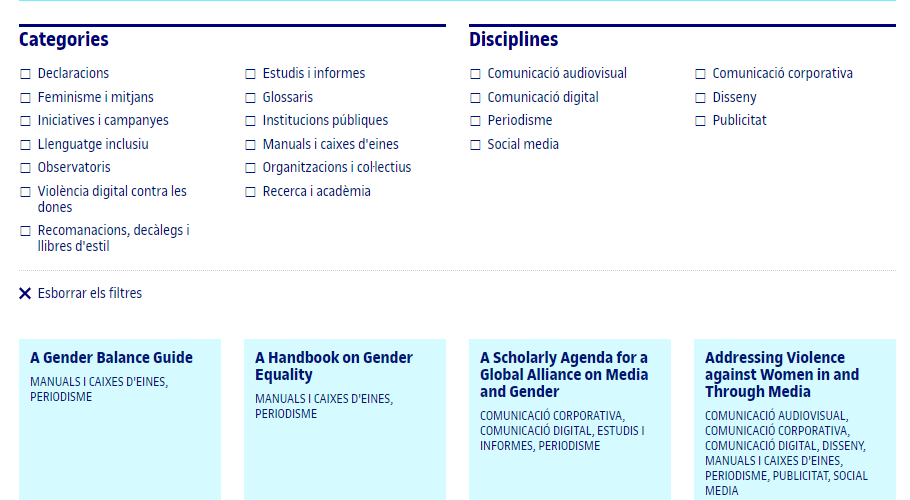The gender Toolkit, a tool for more egalitarian and non-sexist communication
Subject: Information and Communication Sciences
An open access guide with tools and information to detect and overcome gender prejudices and stereotypes in content creation.
The gender Toolkit is an open access learning resource that is available to everyone interested in communication. It contains a carefully selected range of content from sources of authority to foster non-sexist communication.
It was designed by the Gender Group of the UOC's Faculty of Information and Communication Sciences and "is a living document, which is to be updated every semester with the latest developments," explained Candela Ollé, the coordinator of the resource and the director of the UOC's Master's Degree in Digital Journalism and Communication: Data and New Narratives.
What will you find in the Toolkit?
"Putting on gender glasses is a proactive exercise that means thinking twice about how we create our content," stated Arantza Diez, the author of the gender Toolkit and a member of the UOC's Faculty of Information and Communication Sciences.
As the author explains, there is no formula to guarantee the application of the gender perspective, just a way of looking at things, a commitment to how we want to explain the world, in relation to information, entertainment, advertising or anything else. "The gender perspective is related to power relations and privilege and applying it means shaking up and challenging the status quo," she said.

The gender Toolkit contains in-depth studies that provide full knowledge of the subject and manuals, toolboxes, dos and don'ts, style guides and guidelines for the non-sexist use of language, which can be applied in everyday academic and professional practice.
The content included in the Toolkit covers the essential aspects of communication with a gender perspective. You can find statements prepared by bodies and organizations, as well as initiatives and campaigns to denounce and shed light on inequalities.
All the content is related to the current major challenges facing non-sexist communication with a gender perspective: the representation of gender in media discourse, parity in the media and gender-based violence, both in real life and in the digital world.
The selection of the resources took into account language (Catalan, Spanish and English), geographic variety and type of organization that produced them. Accordingly, it includes local, national, European and international resources.
How can you use the Toolkit?
The resources are classified into thirteen categories and various disciplines: journalism, audiovisual communication, corporate communication, design, advertising, social media and digital communication. All you have to do is select the filters at the top to retrieve the information you want. Each resource comes with a short explanation that highlights its relevance and singularity.
Why a gender Toolkit?
In 1995, during the United Nations Fourth World Conference on Women, 189 governments approved the Beijing Declaration and Platform for Action. They made a commitment to "increase the participation and access of women to expression and decision-making and through the media and new technologies of communication." 25 years later, the fifth review of the programme concluded that gender stereotypes persist in all mass media and also in the film and videogame industries.
These results show that there is a still a long way to go before the gender perspective is fully incorporated in communication. The author of the Toolkit, Arantza Diez, explained that while in journalism incorporating women and their visions is a question of rigor and quality, in the case of fiction and publicity it contributes to fighting gender stereotypes and repairing the historical deficits of a "social model that has institutionalized asymmetric relations and inequality."
The gender Toolkit comes in addition to the teaching actions regarding the application of the gender perspective in UOC classrooms created in compliance with the Equality Plan 2020-2025, the roadmap that sets out the guiding principles and specific actions to make progress towards equality in the scope of higher education.

